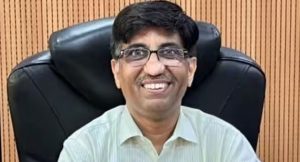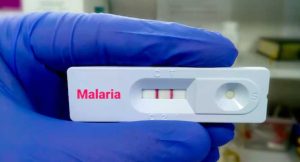The India cardiovascular devices market is projected to grow from USD 2,075.98 million in 2024 to an estimated USD 4,580.91 million based on 2032, with a compound annual growth rate (CAGR) 9.2% from 2025 to 2032. This growth reflects a robust demand for advanced cardiovascular solutions across both public and private healthcare sectors.
Key market drivers include a growing elderly population, lifestyle changes leading to higher cardiovascular risks, and increasing access to health insurance and affordable care. The government’s focus on expanding healthcare coverage under initiatives such as Ayushman Bharat and the promotion of indigenous medical device manufacturing under the “Make in India” program are further enhancing market accessibility and affordability. Technological advancements, particularly in interventional cardiology and remote monitoring, continue to shape the market’s evolution.
Regionally, metropolitan cities such as Delhi, Mumbai, Chennai, and Bengaluru lead in terms of cardiovascular device adoption due to higher awareness, better infrastructure, and specialized cardiac centers. However, tier-2 and tier-3 cities are witnessing rapid improvements in healthcare delivery, widening the market reach. Key players operating in the India cardiovascular devices market include Medtronic plc, Abbott Laboratories, Boston Scientific Corporation, GE HealthCare, and Philips India, all of which are actively expanding their product portfolios and local partnerships.
Market drivers
Rising prevalence of cardiovascular diseases and associated risk factors
India is witnessing a sharp increase in the prevalence of cardiovascular diseases (CVDs), which has become a major public health concern. The burden of ischemic heart disease, stroke, and heart failure has surged due to sedentary lifestyles, poor dietary habits, smoking, excessive alcohol consumption, and rising obesity rates. For instance, according to the World Health Organization (WHO), cardiovascular diseases accounted for 27% of total deaths in India in 2016, making them the leading cause of mortality. Additionally, the Indian Council of Medical Research (ICMR) reports that CVDs contribute significantly to the country’s disease burden. Urbanization has accelerated this trend, as it brings with it lifestyle transitions that elevate cardiovascular risk. This rising disease burden has spurred significant demand for a wide range of cardiovascular devices, including diagnostic equipment, interventional tools such as angioplasty catheters and stents, implantable devices like pacemakers and defibrillators, and monitoring solutions. The increasing incidence of comorbid conditions such as diabetes and hypertension further exacerbates cardiovascular risks, prompting early screening and continuous monitoring. As the disease pattern shifts toward non-communicable diseases, healthcare providers are adopting advanced cardiovascular technologies to manage patient outcomes effectively, thereby strengthening the market demand for innovative devices.
Government initiatives and growing healthcare infrastructure
The Indian government’s strategic focus on healthcare access and affordability has significantly boosted the cardiovascular devices market. Programs such as Ayushman Bharat, the world’s largest publicly funded health insurance scheme, have brought advanced cardiac treatments within reach for millions. For instance, the National Health Mission and the expansion of government-funded tertiary care hospitals are further strengthening infrastructure for non-communicable disease management. Simultaneously, the Pradhan Mantri Jan Arogya Yojana (PM-JAY) supports the reimbursement of cardiac procedures, including surgeries and implants, thereby driving demand for devices. Moreover, government incentives under the Production Linked Incentive (PLI) scheme and the Make in India initiative have encouraged domestic manufacturing of medical devices, including cardiovascular solutions. This reduces reliance on imports and makes devices more accessible and cost-effective. Several state governments have also partnered with private healthcare players to expand diagnostic and interventional cardiology services in underserved regions. Collectively, these policy efforts and investments have not only enhanced the availability of cardiovascular care but have also fueled robust market growth for related devices.
Technological advancements and product innovation
Rapid technological advancements in cardiovascular diagnostics and therapeutics have revolutionized patient care and propelled market expansion in India. The development of minimally invasive procedures, such as transcatheter aortic valve replacement (TAVR), drug-eluting stents (DES), and image-guided interventions, has made complex cardiac treatments saf









